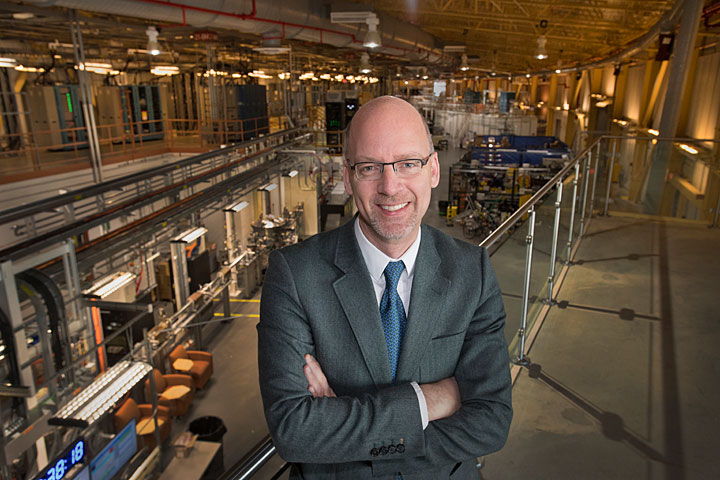New Arrivals Will Bring a Bright 2020
January 22, 2020
Happy 2020 and Welcome Back to News @ NSLS-II!
At NSLS-II, we had an exciting winter with new arrivals everywhere, and I am excited to share updates with you about past and upcoming changes.
Five Exciting Years of User Operations
Last fall, we celebrated the 5th anniversary of first light at NSLS-II and this summer, we will reach another important milestone: It has been five year since we opened the door to you, our users. At that time, we had just one beamline taking General Users. We now have 27 beamlines in general user operation, one in science commissioning, and one in construction – and we are only half built out. This rapid build out of beamlines and user operations has taken a tremendous amount of work by very many people and I would like to take this opportunity here to thank them very much. Further, there is much more to come, and I will give a short teaser of some of these in this newsletter.
New arrivals at our sister facility
Our sister facility, the Laboratory for BioMolecular Structures (LBMS), celebrated two new arrivals this winter: first their new scientific operations director Liguo Wang – read more about him – and secondly their high-resolution cryo-electron microscope, a Krios G3i cryo-TEM. As you can see LBMS is moving quickly forward as well. You might remember that they started construction on the new building in December 2018 – read more about it – and the latest news is that the building construction enters its final stages. I am looking forward to the opening of our sister facility and I expect that users of each of our two facilities will benefit from the close proximity and synergy of the other facility. It is an exciting time in structural biology, and we intend to be a big part of that excitement!
Need some infrared light?
I am happy to announce that the Frontier Synchrotron Infrared Spectroscopy (FIS) beamline has reached general user operations. The beamline offers infrared electronic and vibrational spectroscopy to understand the structure and behavior of materials under conditions of extreme pressures and temperatures as they occur deep inside planets. So, don’t forget to check out the beamlines capabilities when you write your proposal for the January 31, 2020.
HEX building: nearly finished, ready for the next step
As I already mentioned, we continue to build more beamlines and one of them is the High Energy Engineering X-Ray Scattering (HEX) beamline. HEX beamline will be a powerful and versatile tool to advance energy storage and conversion research by combining x-ray diffraction and imaging tools using a high-energy monochromatic or white beam. To accommodate the length of the beamline, we are adding a new satellite building, which is near to its completion and construction of the inner experimental hutch began mid-January. We expect the building and the hutch construction to be finished by summer, so that the construction of the beamline can begin.
In the rest of this newsletter, you will find articles about our recent beam current studies, Wang’s profile and more exciting updates on ongoing science at NSLS-II as well as a link to submit your beam time proposals.
Thank you for taking the time to read our newsletter and I hope to see you at NSLS-II in the near future!
John Hill, NSLS-II Director
2020-17025 | INT/EXT | Newsroom










